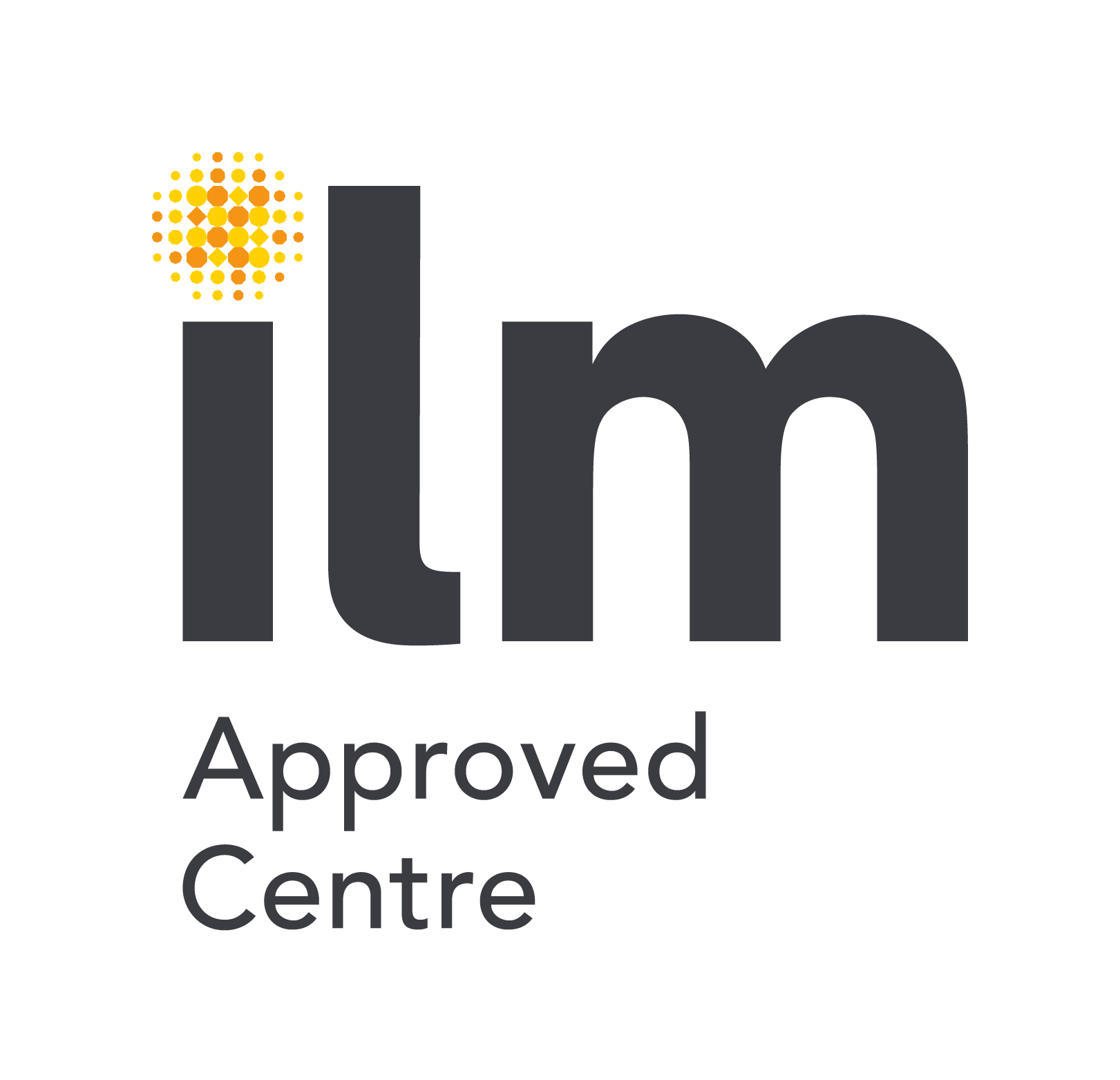Overview
Clear communication is a practical and active course designed to develop a greater understanding of the importance of effective communication in the workplace. Participants will gain knowledge of the key stages of the communication process, the potential barriers to communication and a range of strategies to overcome these barriers. Rich in workplace content, participants will cover a range of communication methods, including written, telephone, email and face to face discussions and how to maximise their effectiveness. Also covered is the impact of non-verbal communication, including appearance and body language. Methods of maintaining accurate records of electronic and oral communication are explained as well as the reasons for their importance.
Learning objectives
Following the completion of the course and assignment, the leader will be able to:
- Explain why clear and effective communication is essential in the workplace
- Outline the key stages in the communication process
- List potential barriers to communication and outline how these could be overcome
- Explain methods and their best use when communicating with the team
- Explain why it is important to have a record of communication
- Outline the importance of keeping a record of oral communication
- Describe methods of maintaining accurate records of electronic and oral communication
Course content
Day 1
A series of mini-activities are used to demonstrate and allow practice in applying leadership styles to different situations.
Day 2
The second half of the day has an extended experiential exercise so that new concepts can be applied in a simulated leadership environment. Peer and instructor coaching is used to refine skills and understanding.





